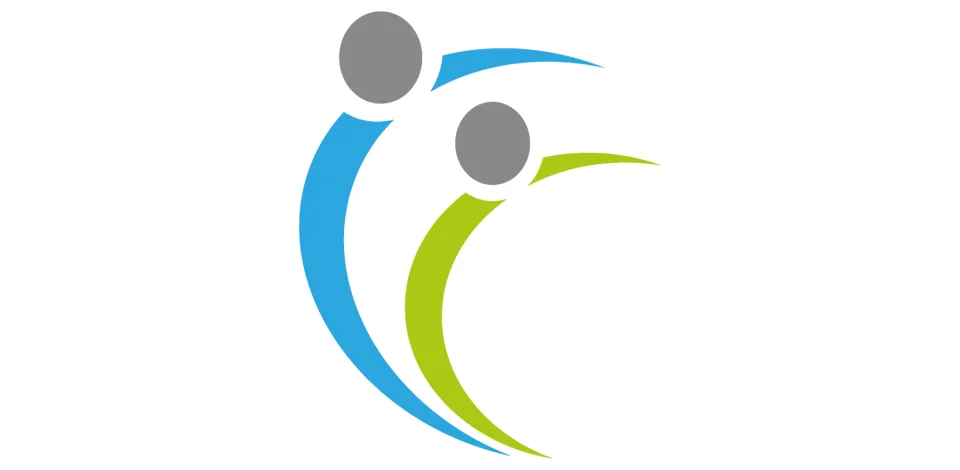Is a speech disorder that is caused due to weakness, and paralysis, in the coordination of speech musculature. Any trauma/ disease of neurologic origin that affects the movement, coordination, and timing of oral musculature results in Dysarthria.
There are different types of Dysarthria- Spastic dysarthria, flaccid dysarthria, Hypokinetic dysarthria, mixed dysarthria, Hyperkinetic dysarthria, Ataxic dysarthria. The symptoms vary depending on the type of Dysarthria and include disturbances of respiration to support speech, clear production of speech sounds, voice, resonance (nasal characteristic of speech), and prosody (the patterns of stress/ rhythm of speech).
A speech and language pathologist assesses speech and determines the type of Dysarthria through the perceptual judgment of speech.
Speech and language therapy is focused on symptoms of the underlying component of speech affected (respiration, voice, the production of sounds, resonance, and prosody). Speech and language therapy depends on the severity of the symptoms. If Speech therapy is not effective, Speech-language therapists may recommend other communication methods like Alternative augmentative communication.
